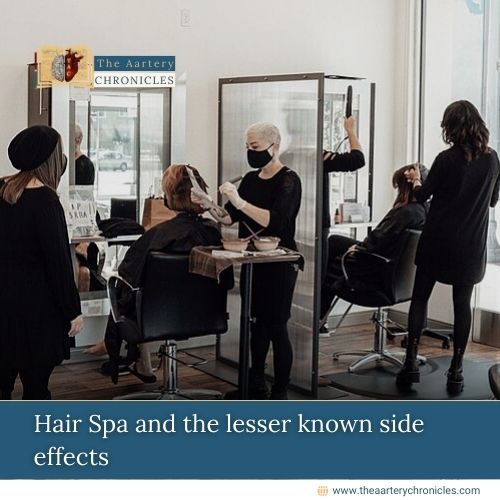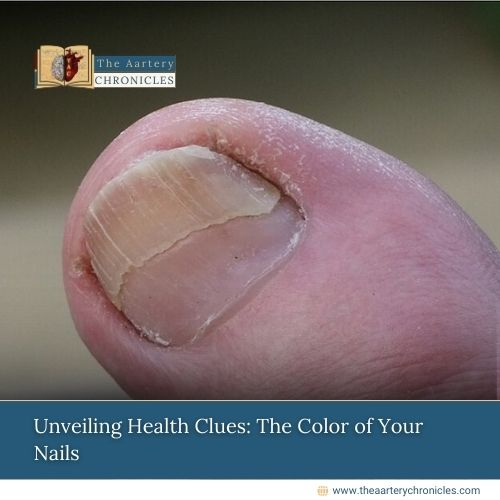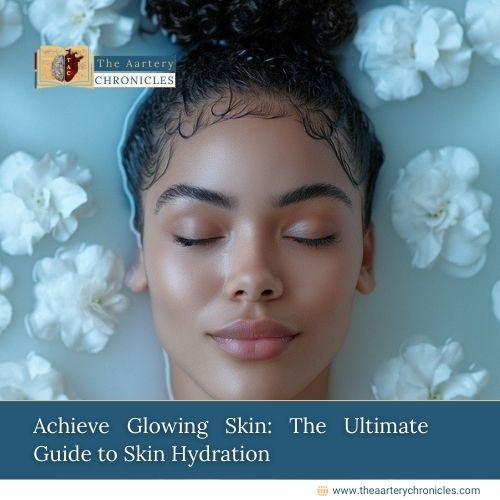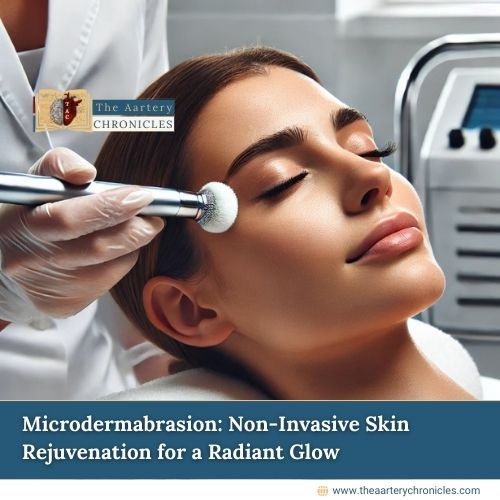
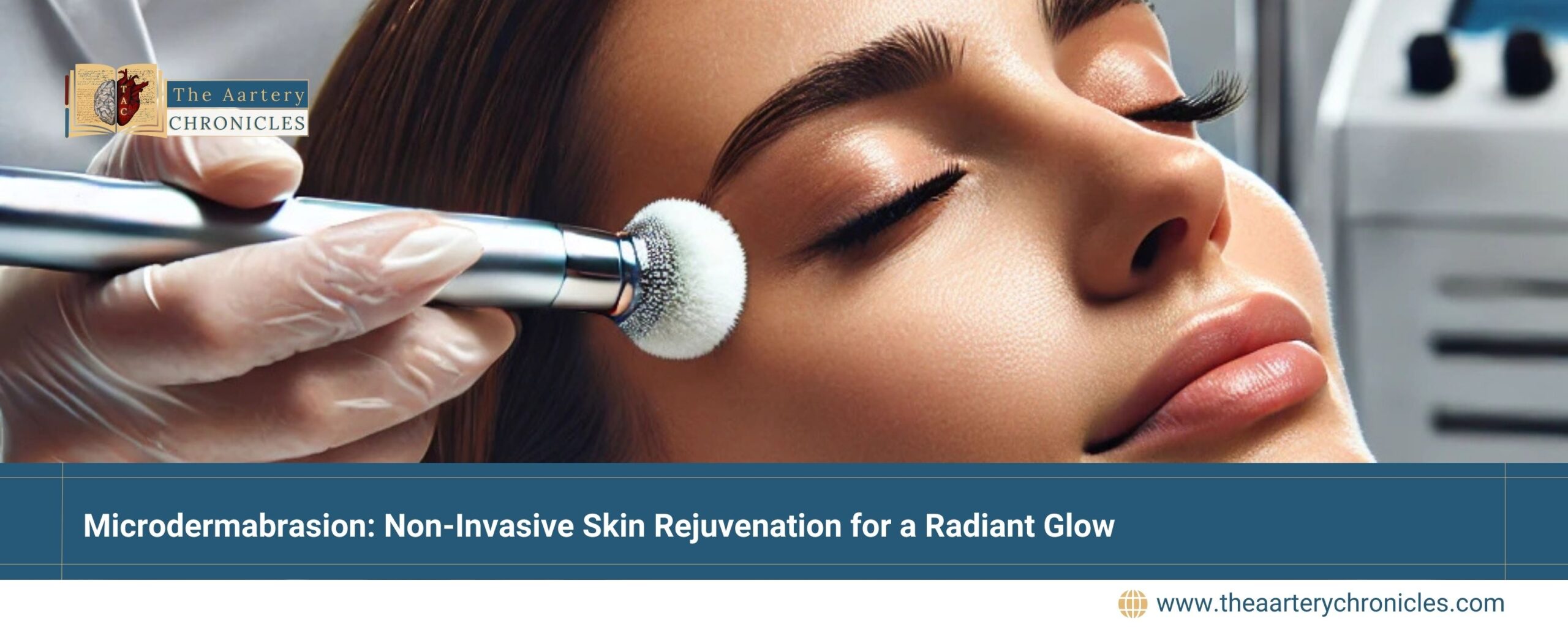
Microdermabrasion: A Comprehensive Guide to Skin Rejuvenation
Introduction
Microdermabrasion is a popular, non-invasive cosmetic procedure that has become a go-to solution for those seeking to improve their skin’s appearance. This treatment helps to address a range of skin concerns, from acne scars and fine lines to uneven texture and hyperpigmentation. In this blog, we’ll delve into the details of microdermabrasion, its benefits, how it works, and who can benefit from it.
What is Microdermabrasion?
Microdermabrasion is a skin resurfacing technique that gently exfoliates the skin using a special device with a diamond tip or fine crystals.
- By removing the outermost layer of dead skin cells, this treatment stimulates the production of new, and healthier skin cells, resulting in a smoother, more radiant complexion.
- Unlike more invasive procedures, such as chemical peels or laser treatments, microdermabrasion has minimal downtime and is suitable for most skin types.
How Does Microdermabrasion Work?
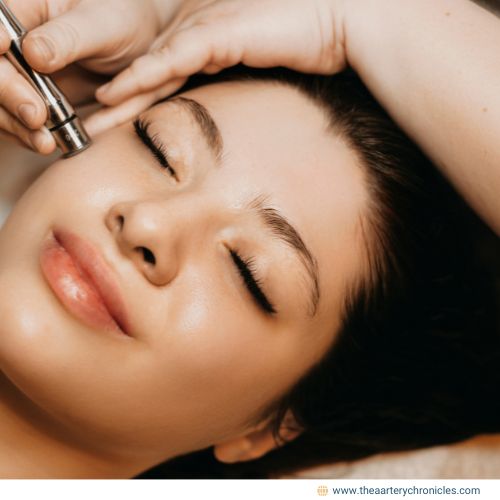
The procedure works by mechanically exfoliating the skin.
- Depending on the method used, a handheld device either sprays tiny crystals onto the skin or uses a diamond-tipped wand to slough off dead skin cells.
- Simultaneously, the device vacuums away the exfoliated skin and debris.
This process encourages
- Cell turnover
- Promotes collagen production
The microdermabrasion gives the skin a more youthful, radiant and glowing appearance.
Quick and Painless Procedure
The treatment typically lasts between 30 to 60 minutes and is painless. Patients may experience a slight tingling sensation during the procedure, but it is generally well-tolerated without the need for anaesthesia.
Benefits of Microdermabrasion
Microdermabrasion offers numerous benefits, making it a popular choice for those seeking non-invasive skin rejuvenation:
1. Improved Skin Texture: By removing dead skin cells, the skin feels smoother and softer immediately after treatment.
2. Minimized Fine Lines and Wrinkles: Regular treatments can help reduce the appearance of fine lines, particularly around the eyes and mouth.
3. Reduced Hyperpigmentation: The exfoliation process can lighten
- Dark spots
- Sun damage
- Melasma
4. Improved Skin Tone: Microdermabrasion evens out skin tone, giving a more radiant and consistent complexion.
5. Reduced Acne Scars: It can improve the appearance of shallow acne scars by resurfacing the top layers of the skin.
6. Better Product Absorption: After microdermabrasion, skincare products penetrate more effectively, allowing active ingredients to work better.
7. Non-Invasive and No Downtime: Unlike more aggressive treatments, microdermabrasion requires no recovery time, making it a convenient option for those who have busy schedules.
Who should consider Microdermabrasion?
Microdermabrasion is suitable for a wide range of skin types and concerns. It’s particularly beneficial for individuals dealing with:
- Dull skin
- Fine lines and wrinkles
- Mild acne scars
- Sun-damaged skin
- Uneven skin tone or texture
- Age spots or hyperpigmentation
- Enlarged pores
However, it’s important to note that certain individuals may not be suitable candidates for this treatment such as
- Person with active skin infections
- ssevere acne
- Eczema
- Rosacea
Always consult with a dermatologist before undergoing any cosmetic procedure to ensure it’s the right option for your skin type.
What to Expect During and After the Procedure
During a microdermabrasion session, your dermatologist will cleanse your face to remove any dirt and oils. They will then use the microdermabrasion device to exfoliate your skin. The procedure is relatively quick, often taking about 30 minutes, depending on the size of the treatment area.
After the treatment, your skin may feel slightly tender, and you may experience mild redness, similar to a sunburn. These side effects usually subside within a few hours to a day.
- It’s crucial to avoid sun exposure and apply sunscreen diligently after treatment, as your skin will be more sensitive.
How Many Sessions are Required?
The number of microdermabrasion sessions needed varies based on the skin concern being addressed. For general skin maintenance, many people opt for monthly treatments. For specific concerns like acne scars or hyperpigmentation, a series of treatments spaced two to four weeks apart may be recommended. Consult with your skincare professional to determine the best treatment plan for your skin
Microdermabrasion vs. Dermabrasion: What’s the Difference?
While both procedures aim to resurface the skin, microdermabrasion and dermabrasion differ in their intensity.
- Dermabrasion is a more invasive procedure that requires anesthesia and involves removing deeper layers of skin. It’s often used to treat more severe skin concerns, such as deep acne scars or extensive sun damage.
- In contrast, microdermabrasion is a gentler option with less downtime, making it suitable for those with mild to moderate skin concerns.
Aftercare Tips for Microdermabrasion
To maximize the results of microdermabrasion, follow these aftercare tips:
- Use Gentle Skincare Products: Stick to mild cleansers and moisturizers for a few days post-treatment to avoid irritation.
- Avoid Sun Exposure: Your skin will be more sensitive after microdermabrasion, so wear sunscreen with at least SPF 30 and avoid direct sunlight.
- Stay Hydrated: Keeping your skin hydrated is essential to promote healing and maintain your results.
- Avoid Harsh Treatments: Refrain from using exfoliants, retinoids, or other strong skincare products for at least a week after the procedure.
- Listen to Your Skin: If you experience prolonged redness or irritation, contact your skincare professional for advice
Conclusion
Microdermabrasion is an excellent option for those looking to improve their skin’s texture and tone without the need for invasive procedures or lengthy downtime. With its ability to address a wide variety of skin concerns, this treatment has earned its place as a popular skincare solution. Whether you’re looking to maintain a youthful glow, reduce the appearance of fine lines, or improve uneven pigmentation, microdermabrasion can provide noticeable results after just one session.
If you’re considering microdermabrasion, consult a dermatologist or licensed aesthetician to discuss your goals and create a personalized treatment plan. With regular sessions and proper aftercare, you’ll be on your way to healthier, more radiant skin
- American Society of Plastic Surgeons. Microdermabrasion. Available from: https://www.plasticsurgery.org/cosmetic-procedures/microdermabrasion
- American Academy of Dermatology Association. Microdermabrasion. Available from: https://www.aad.org/public/cosmetic/treatments/microdermabrasion
- Shattuck NA, Crick K. Microdermabrasion. In: StatPearls [Internet]. Treasure Island (FL): StatPearls Publishing; 2024. Available from: https://www.ncbi.nlm.nih.gov/books/NBK563246/
- WebMD. What Is Microdermabrasion? Available from: https://www.webmd.com/beauty/what-is-microdermabrasion
- Mayo Clinic. Microdermabrasion: What you can expect. Available from: https://www.mayoclinic.org/tests-procedures/microdermabrasion/about/pac-20384922



